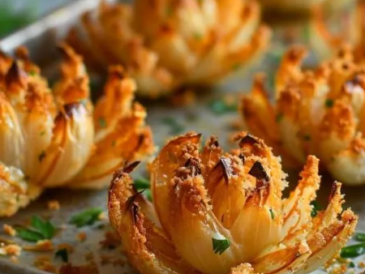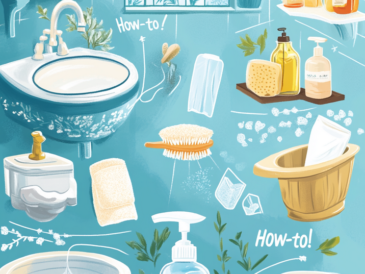As environmental concerns rise and bee populations face alarming declines, many are looking for ways to help. One easy and rewarding solution is to grow bee balm (Monarda spp.) in your backyard. Not only is this vibrant plant a stunning addition to any garden, but it also plays a key role in supporting pollinators and promoting a healthy ecosystem.
Let’s explore why bee balm is a must-have for your garden and how it can help make a difference in your local environment.
The Beauty of Bee Balm: A Haven for Pollinators
One of the most powerful reasons to plant bee balm is its ability to attract pollinators. Bees, butterflies, and hummingbirds are irresistibly drawn to its nectar-rich flowers. As these creatures visit the blossoms, they transfer pollen between flowers, aiding the fertilization process crucial for many fruits and vegetables.
By growing bee balm, you actively support these essential pollinators, making your garden a hub of activity that helps not just your plants, but the local ecosystem as well.
Supporting Biodiversity: Strengthening the Ecosystem
Bee balm doesn’t just benefit pollinators — it promotes biodiversity. By attracting pollinators, it helps ensure the reproduction of nearby plants, creating a more diverse plant community. This enriched diversity supports other wildlife like birds and beneficial insects, contributing to a healthier ecosystem. A thriving garden with diverse species is more resilient, sustainable, and self-sufficient.
Low-Maintenance Marvel: Easy to Grow, Hard to Beat
One of bee balm’s greatest strengths is how easy it is to grow. Whether you have a sunny garden or a partially shaded spot, bee balm adapts. It prefers well-draining soil but tolerates various soil types, making it suitable for many climates. Once established, bee balm requires minimal watering and care, making it an excellent choice for busy gardeners.
Culinary and Medicinal Uses: A Plant with Perks
Beyond its ecological benefits, bee balm has culinary and medicinal uses. The leaves can be used to make a refreshing herbal tea that combines mint and citrus flavors. Traditionally, bee balm has been used to relieve digestive issues and reduce stress. It’s an easy way to add natural benefits to your daily routine, right from your own backyard!
How to Get Started: A Step-by-Step Guide to Growing Bee Balm
1. Select the Perfect Location:
Pick a spot that gets at least 4-6 hours of sunlight daily. While bee balm tolerates partial shade, too much shade may limit its blooms. Ensure the area isn’t crowded by larger plants that could block sunlight.
2. Prepare the Soil:
Bee balm thrives in well-draining, rich soil. Improve heavy or clay-like soil by adding compost or well-rotted manure to enhance its texture and drainage.
3. Choose Your Bee Balm Variety:
Several bee balm species offer unique colors and growth characteristics. Popular varieties include:
- Monarda didyma (scarlet bee balm)
- Monarda fistulosa (wild bergamot)
- Monarda citriodora (lemon bee balm)
4. Planting Bee Balm:
- Seeds: Start seeds indoors 6-8 weeks before the last frost. Transplant seedlings outdoors after the frost passes.
- Transplants: Buy young plants from a nursery and plant them after the last frost, spacing them 18-24 inches apart.
5. Watering and Care:
- Establishment: Water regularly to keep the soil moist but not waterlogged.
- Mature Plants: Once established, bee balm is low-maintenance. Water during dry periods, but be careful to avoid overwatering.
6. Deadheading and Pruning:
Remove spent flowers regularly to encourage more blooms and prevent the plant from focusing energy on seed production. Prune stems in late fall or early spring to promote healthy growth.
7. Dividing Bee Balm:
Every 3-4 years, divide the plant to prevent overcrowding. Dig up the plant, separate it into sections, and replant.
8. Enjoy and Observe:
As your bee balm grows, take time to watch the bees, butterflies, and hummingbirds that visit. The beauty of bee balm lies in its connection to the ecosystem — it fosters life and diversity right in your backyard.
A Stunning and Sustainable Choice for Your Garden
Bee balm, also known as wild bergamot or Oswego tea, offers a striking visual appeal with its vibrant red, pink, or purple blossoms. The unique tubular flowers bloom in dense clusters, creating a picturesque scene that’s as beautiful as it is beneficial to pollinators. Whether you’re an experienced gardener or just starting out, bee balm is the perfect plant to grow right now to make a positive impact on the environment and enjoy its many rewards.
By adding bee balm to your garden, you’re not just growing a pretty flower — you’re helping nature thrive.




